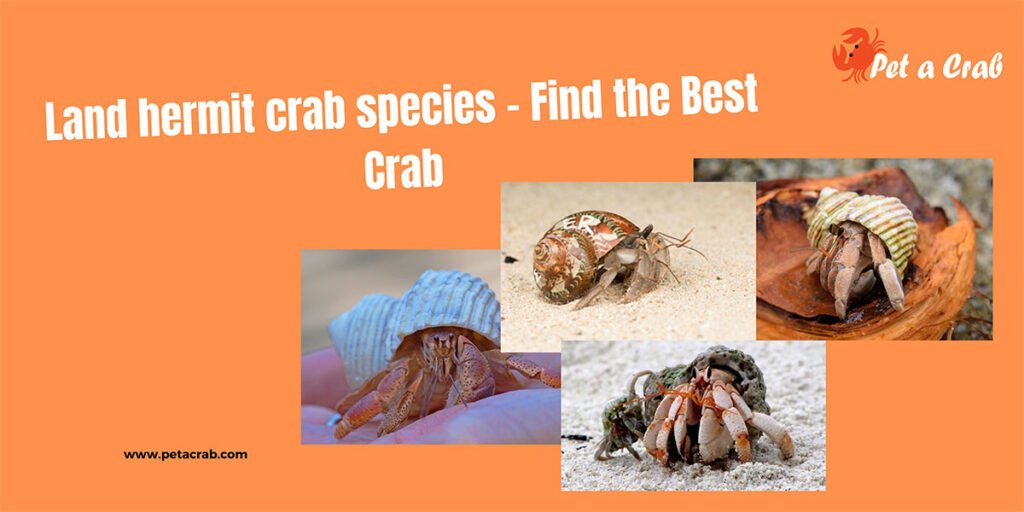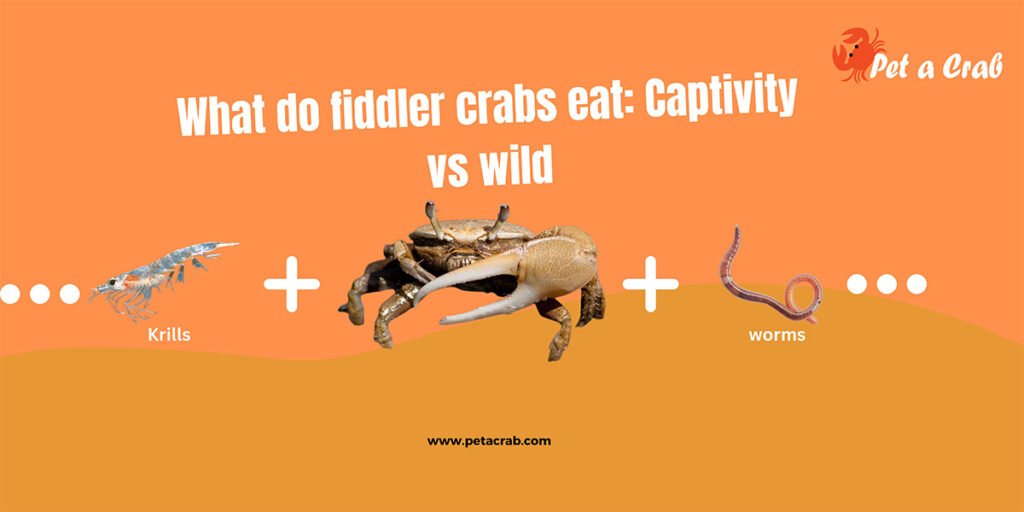In this beautiful world, Decorator Crab exists as a tiny yet remarkable artisan. They are also known for their unique habit of adorning themselves with the elements that they find in their surroundings. They have survival methods developed over millions of years. In this blog post, we’ll dive into the mysteries of decorator crabs’ life and more.
So, let’s get started!
Distribution
Decorator crabs can be found in a variety of environments around the globe. They freely swim throughout the ocean. This creature makes their home in the shallow, deep, and mysterious water of the ocean. But when they get heavier, they settle down slowly on the seafloor. Their distribution spans tropical and temperate seas alike, showing their adaptability. Also, they live around coral reefs that contain different kinds of materials.
Habitat
The decorator crab can thrive in a variety of marine environments. That shows an incredible adaptability to different habitats. So, they can adjust themselves to different environmental conditions. They also navigate the rocky shorelines and burrow themselves in soft, muddy substrate. Decorator crabs prefer kelp forests and reefs. Sometimes they may seek shelter with sponges.

Diet
The decorator crab is an omnivore scavenger. Which indicates they eat what they find in their surroundings. So, they eat from their surroundings like algae, detritus, carrion, and other tiny natural organisms.
Appearance
The decorator crab is hardy. They have quite long and thin legs. Their eyes are like orbital cups. Decorator crabs can disguise themselves with the materials from their environment. So, they can make their appearance as diverse as the ocean floor. They can camouflage them against the predators.
Also, they attach other organisms or materials in their body to hide. These crabs come in different colors and sizes. Honestly, it varies depending on which environment they live in. But the average size of them is 5 inches (12.7 cm). Also, they live for several years because of their skillful camouflage techniques.
The Art of Camouflage
Decorator crabs are experts in the art of disguise. They use their materials to blend seamlessly into their surroundings. As they cover themselves with items like coral fragments, algae, or anemones, it helps them to save them from predators. They effectively mimic their habitat.
Truly, the choice of materials for their camouflage is highly selective and depends on their current habitat. Also, they ensure their disguise is both useful and contextually appropriate. Decorative crabs indeed demonstrate remarkable strategies developed by marine species to do well within the diverse.

Role in Ecosystem
The decorator crabs move across many different environments. And for that, they contribute to the ecological system of the marine environment. Their practice of adorning themselves with living organisms actively participates in the distribution of these species across the ocean floor. Mainly, this behavior enhances the local diversity by promoting the spread of this organism.
A decorator crab is a part of the food chain. They underscore their importance beyond mere decoration. They also preyed on larger marine species. It linked the tiers of the food web with its apex predators. However, this interaction ensures the energy flow in the marine ecosystem. This also highlights the integral role these small but vital creatures play in maintaining the ecological balance.
The Intricate Process of Decoration
They have a very selective process to decorate themselves. Utilizing their claws with precision, decorator crabs scavenge their environment for suitable items. Crabs show a discerning taste opting for elements that closely mimic their surroundings to enhance their camouflage.
When they choose their decoration, the crabs employ specialized adhesives. They have a glue-like substance in their body. That substance ensures that decorations remain attached. As they undergo molting-shedding their exoskeleton to grow, they face the taste of reapplying their decorative armor. They remove sponges, anemones, and other decorations from their old shells and use them as decoration.
That also indicates they recycle their living decoration. Decorator crabs masterfully manipulate their appliances according to their environment.

Future of the Decorator Crab
As the decorator crab plays a vital role in the marine ecosystem and is increasingly threatened by human actions. Their habitat is destroyed by pollution, propelled by coastal development and climate change. Truly, environmental change not only strips decorator crabs home but also damages the materials they rely on for camouflage.
To safeguard their habitats we request a collective commitment to sustainable practices. Also, police aimed at reducing human impact on the marine environment. So, protect the ecosystem by maintaining the health and balance of the marine environment.
Reproductive Behavior
Like other crab species, they reproduce via internal fertilization. They mate belly to belly. Typically breeding occurs shortly after the females molt. They release pheromones into the water to find each other. Also, they gather into large groups around hundreds of crabs. That increases the chances of molting and defense from predators.
When mating is over, the female crab carries the eggs until the larval-like zoea hatch. Until they reach the megalopa phase they swim freely in the water. But when they resemble a mature one they settle towards the sea floor.

Decorator Crab as a Pet
When you choose to have a decorator crab you need to follow some things. Those things help you to keep your crab healthy and happy. Firstly, choose an aquarium for them. A 10-gallon tank is perfect for one or two. The temperature needs to be maintained. It should be 72 – 78° F. In the aquarium, the specific gravity needs to be 1.023 – 1.025.
Frankly, you need to give them an atmosphere like their natural life. The pH is scaled between 8.10 – 8.40. As they are scavenging anything they find in their natural life, you can give them anything you want. But give them food like fish, clams, and other seafood which contains nutrients and protein.
So, as a pet owner, make sure to give them the best environment that they deserve.
Wrap Up
Decorator crabs inspire a sense of wonder and a deeper commitment to preserving marine biodiversity. They play a valuable role in evolutionary biology and ecology. Always try to protect this tiny but useful creature to balance the world’s ecosystem.
Learn interesting facts about sponge crab.


